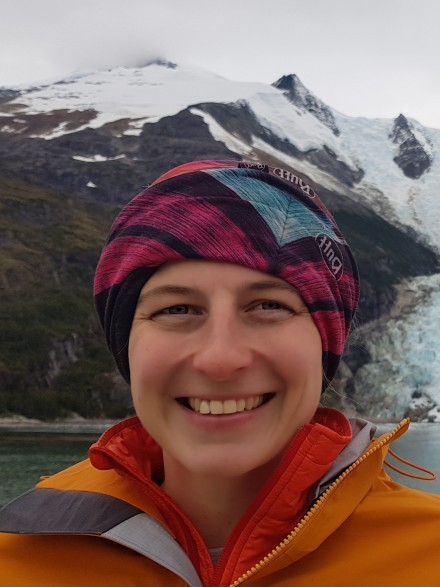Dr Nicola Maher

Contacts
Research interests
My research uses global coupled climate models to investigate the dynamics, impacts and future changes modes of climate variability. My research interests lie in the following areas:
- Single Model Initial-Condition Large Ensemble (SMILE ) modelling -investigate the forced response to greenhouse gases and internal variability
- Develop/leverage new tools - machine learning/artificial intelligence (e.g. neural networks, long-term short-term memory network, ensemble classifiers)
- Understand future projections - particularly projections of internal variability and extreme events
- ENSO research - dynamics, teleconnections and ENSO itself in a warming world
Groups
- Researcher, Earth systems
- Researcher, Climate economics and policy
- Researcher, Extreme events and future scenarios







